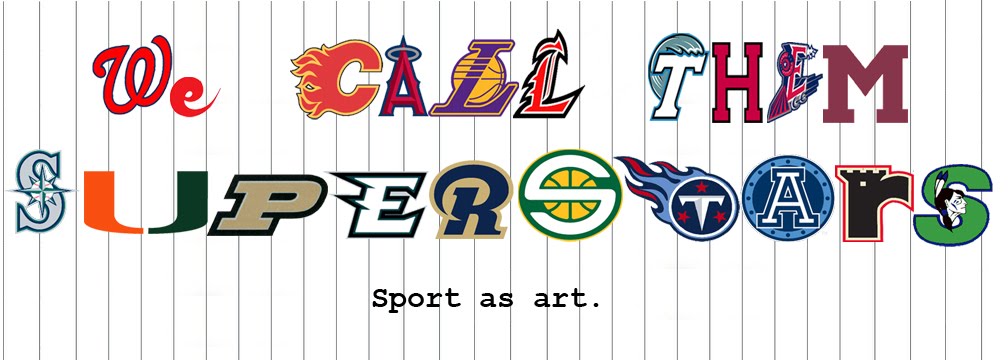1. I get excited for hockey season.
2. I get excited for school.
I was recently thinking back to a first day of classes a couple years ago. It began with the usual getting to know you stuff where you introduce yourself to the person next to you, get some info about them, then later introduce them to the rest of the class. We had to say our favorite book, and I wanted to say something socially conscious like Ellison's Invisible Man or something from a "higher" culture like Ishiguro's Remains of the Day. I do indeed consider those to be among my favorite books, but went with the one that got me excited to read again, the always boring university student answer of Salinger's Catcher in the Rye. The student replied to me with something that sounded far more learned, an obscure Malaysian writer and a book title I cannot recall, because she then followed it up with a favorite book on literary theory. It was kind of a smarty pants thing to do I guess, but it immediately got me thinking, why do I not have one of those?
Turns out I do. I had taken the usual theory and criticism classes and dug to varying degrees everything from Aristotle's Poetics, to the much more recent work of people like Haraway and Bordo (My most recent favorite feminist text is Tarantino's Death Proof). It was only after looking at all sorts of ideas of what art is and where it exists that I realized that the definition was stated most clearly and accurately in something that I had already read. That book was Understanding Comics by Scott McCloud, and it is another of many indirect reasons for taking on the WCTSS project. I know you may find it odd that a book about comics would have any sort of influence on a future work discussing the importance of the fielding of Jimmy Rollins, or the pace and construction of game #32 in the Columbus Blue Jackets' 2009-10 season (It should really be something, btw). The truth is, its mission and mine are really quite similar.

At the risk of getting cheesy and such, I believe that the main job of the next few generations is to bridge gaps. I am speaking about the gaps between the rich and the poor, the left and the right, the elite and the lower class, interest groups on either side of debates like big oil and environmentalism, and of course, the notions of high and low art. Early on in Comics, McCloud writes that as a kid he "realized that comic books were usually crude, poorly-drawn, semi literate, cheap, disposable kiddie fare - but they don't have to be!" I despise the entire concept of Kitsch because I think it is no one's place to decide what constitutes qualification to be seen as "pseudo-art" (that term alone makes my stomach churn). McCloud continues later on, "Art, as I see it, is any human activity which doesn't grow out of either of our species two basic instincts: survival and reproduction." This may seem like an extremely broad definition, but it definitely brings high and low a lot closer together.
Sport and athletics are just as capable of providing discussion in an academic setting. McCloud's idea of a "pure" artist is one that proclaims, "My art has no practical value whatsoever! But it's important!" So that means when Wayne Gretzky tucks his jersey in to the right side of his hockey pants, it is art. When Jim Caldwell, his offensive coordinators and coaches, Peyton Manning and the entire Indianapolis Colts' eleven offensive on-field players agree to a designed play to start a football game that results in a major, it is clearly of merit and worthy of further analysis. When something happens that has never really occurred before, like Prince Fielder and his teammates' impromptu walk-off theatrics it should be celebrated and speculated upon as to where this development within the form will go next.
So yeah, a return to classes and a return to new sports seasons brings this return of my mission statement. Or maybe we are just furthering the examination, because this is really what this whole get-up is all about. I run in to a lot of smart people in my classes, but I like to think that I have a leg up on them. Aside from my knowledge of the material we are discussing, which I can at least say is comparable, I know that Grady Sizemore is the first Cleveland Indian in the history of the franchise to go 30-30-30 in one season. In fact, in many cases I can safely say I am the only one that knows what those numbers even mean or why it should be part of what makes me come closer to becoming the elusive "renaissance man." Inspiration comes from the most unlikely sources sometimes, as McCloud has shown us here, but it is up to us to recognize those sources, no matter how unlikely as significant and/or of distinction.
